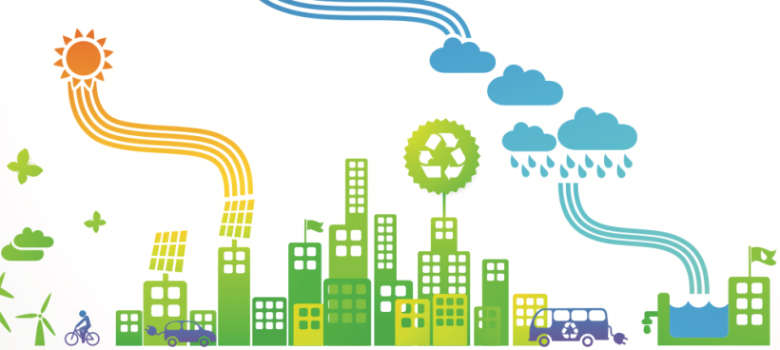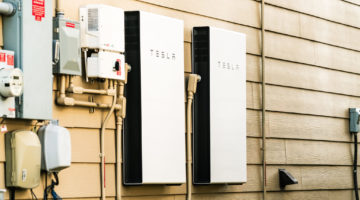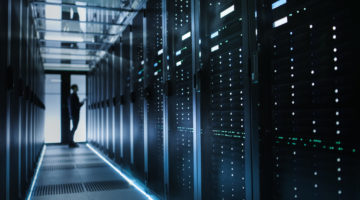
Energy companies and the smart grid
Rolling out the smart grid should help keep the lights on in Britain, reducing the threat of blackouts while hopefully providing value for money for consumers.
Aside from helping the country transition to a low carbon energy industry, it will also benefit the energy companies through a variety of means that we look at in detail below.
Advantages of the smart grid for the energy companies
Levelling of demand
One of the key implications of the smart grid for the energy companies is that it will allow them to dampen peak demand. As mentioned elsewhere, the electricity produced during periods of peak demand is the most expensive and least efficient. A smart grid would aim to reduce this demand and lower the extent of demand at peak times. Having a more stable supply and demand will result in a more efficient generation of electricity for the suppliers that will obviously be cheaper for them to operate.
In addition, giving the energy companies the ability to take advantage of consumers’ smart appliances allows them to better manage supply and demand. For example turning off the fridge for 2 hours in the afternoon will have no impact on the temperature inside the fridge if it doesn’t get opened. If the fridge were turned off the consumer would save a little on their energy bills, and if at any point it were opened it would turn on again. Giving the energy companies the ability to do this would obviously allow them to more accurately manage the grid.
Cutting administration costs
The introduction of the smart meter, and the 2-way dialog system of communications, means that instead of sending thousands of employees out to take meter readings across the country, information about electrical usage is automatically sent in real-time. This dramatically cuts admin costs, which increases profit.
Charging customers in a more effective manner
Time of use tariffs will be the utility companies’ way of reducing peak demand and levelling off usage over time. By using these tariffs, the supplier puts itself in a win-win situation. If everyone still uses electricity during peak demand, they can charge more per kWh. However, if people start using less energy during traditionally peak times, and use more during periods of reduced demand, then the utility companies no longer have to fund the operation of highly inefficient electricity generators in order to maintain enough capacity.
Reliable electricity transmission
Due to frequent expansions of the current national grid and the complex network of cables running up and down the country, electrical transmission is often complicated and – as a result – inefficient. Electricity travels down the path of least resistance. However, due to the size of the grid at present, electricity often oscillates, sometimes causing power outages. The smart grid, with its distribution intelligence, aims to increase efficiency within the transmission of electricity through its improved technological communications and information processes.
Lessening environmental impact from energy generation
One of the key objectives put to the energy firms is to reduce their carbon footprint. Electricity generation during peak demand times is extremely harmful to the environment, since inefficient power plants are fired up to help meet this additional demand. However, if the extent of peak times were to be reduced then electricity generation would be more efficient, and as a result less environmentally damaging.
On top of this is the integration of the renewable sector within the electrical generation mix. With a grid that’s more accepting towards sustainable energy sources, comes a grid that is more environmentally-focused, with a reduced carbon footprint and lower carbon emissions.
Reducing transmission distances
The increased integration of renewables into the grid not only decreases carbon emissions, but also amplifies the number of electricity generation points across the country. This enables the grid to power homes using electricity generated within close proximity, reducing the risk of transmission losses, creating a more efficient electrical network.
Swift power outage detection
Currently, if an area loses power then the only way utility companies find out about it is through consumer telephone calls. However, the new smart grid aims to create a system that is entirely self-healing by rerouting electricity and, to a certain extent, able to prevent blackouts from occurring. This firstly reduces the possibility of power outages as well as increasing the time it takes to repair them.
Kill switch
If someone in the present day does not pay any electricity bill for a prolonged period of time, there is no way the utility companies can stop the property using more. However, the smart grid brings with it a remote kill switch on every that smart metered property. This is a huge advantage for the suppliers as they can remotely cut off any transmission of electricity to any property. So make sure you pay your bills, otherwise you may have to stock up your supply of candles.
The cost of implementing the smart grid
The capital cost of installing and improving the current grid to smart grid capacity has been rumoured to be at least £12 billion. This money has to come from somewhere and in order to maintain already struggling customer relations, utility companies may have to fund it without charging the consumers. While not all £12billion will come from utility companies, they are still expected to be paying a large proportion. However there is scope for them to make this money back through the increased efficiency of the grid.












No Comments yet! Be the first one.